iPhone 16: The 10 best features we’re excited about
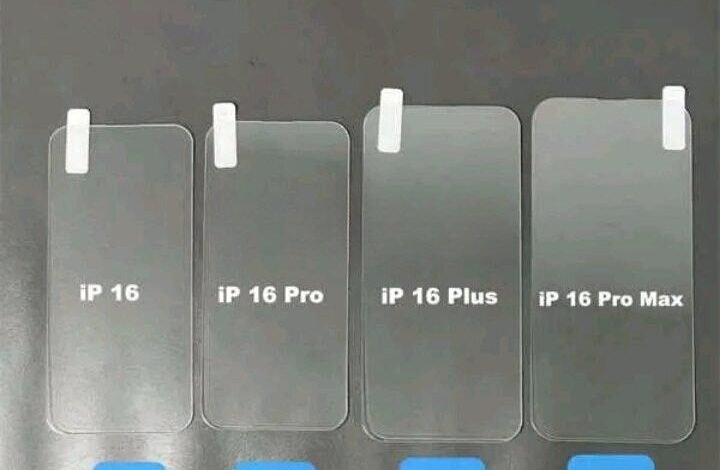
The lazy summer days are a busy season for Apple’s iPhone team, as it is ramping up production and preparing the marketing blitz around the annual announcement pilgrimage that usually happens in September.
Larger iPhone 16 Pro displays
For the first time, all the phones in the iPhone 16 line will have different display diagonals. Apple will need more space inside the iPhone 16 Pro to fit a bigger camera module and it has reportedly solved this conundrum in a simple manner, increasing the screen diagonal to 6.3 inches from the current 6.1-inch panel.
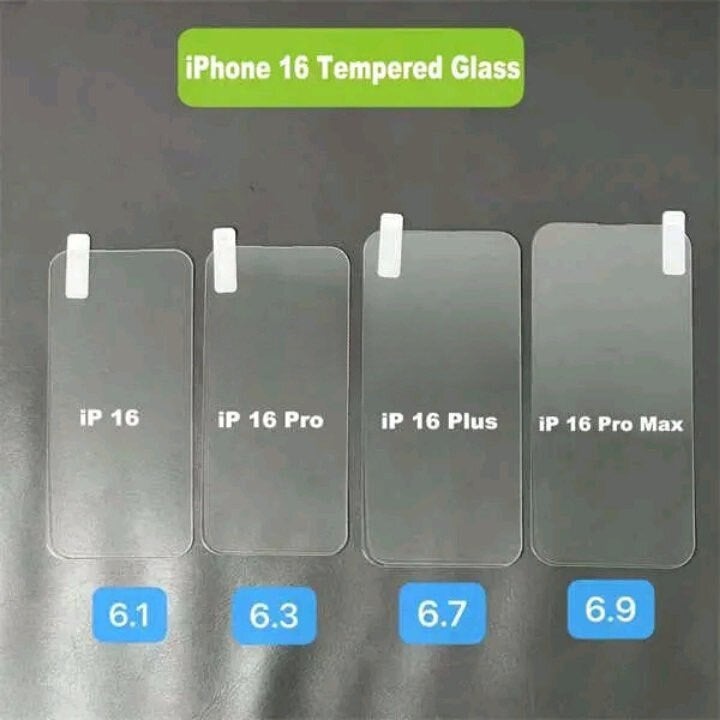

Leaked iPhone 16 series screen protectors | Image credit – Majin Bu
This, however, would’ve left a smaller display size difference between the iPhone 16 Pro and the iPhone 16 Pro Max. Moreover, Apple’s most expensive 2024 iPhone won’t have the optical zoom exclusivity its predecessor enjoys now.
What could’ve Apple done then? Why, increase the iPhone 16 Pro Max display to 6.9 inches, too, and keep the size difference intact, of course. Well, the 6.1-inch screen size was getting a bit long in the tooth and smallish for the premium phones of this day and age anyway. Furthermore, those mulling between the regular iPhone 16 and its Pro version will have an easier time deciding, now that one will have the larger display.
Tetraprism camera for all!
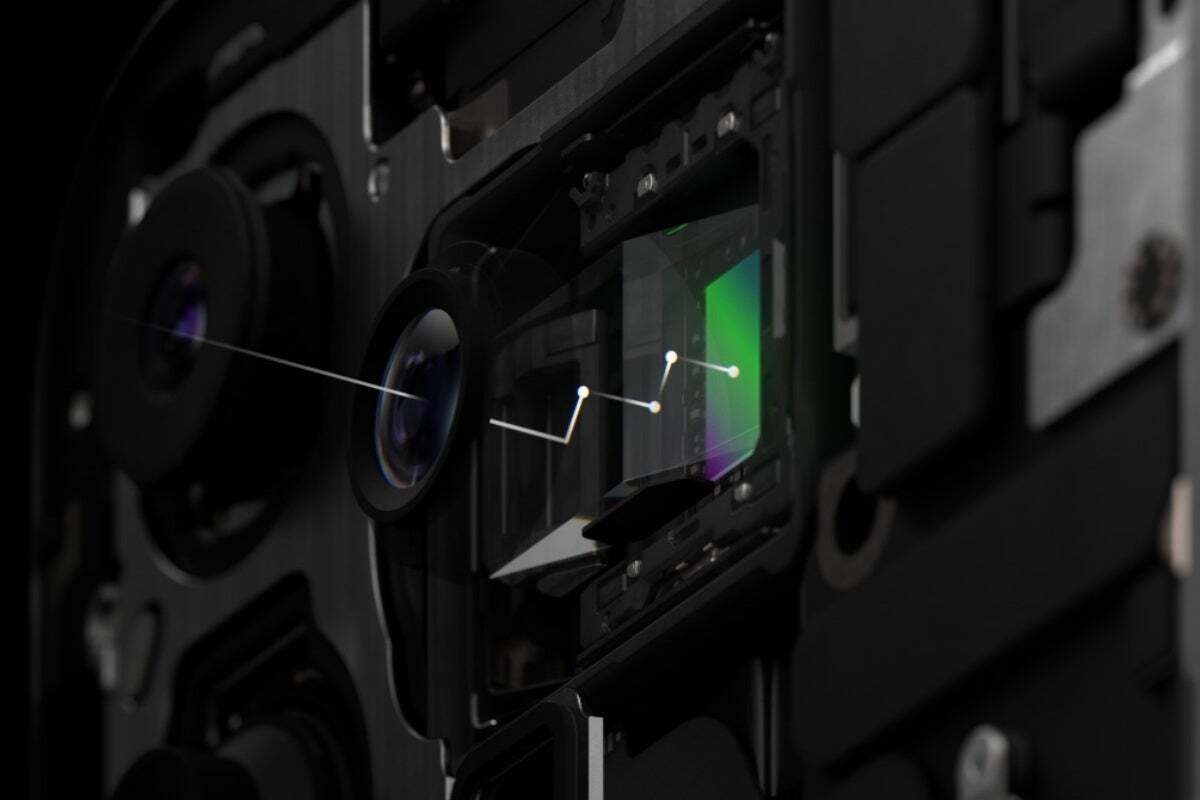

The tetraprism camera will be one of the iPhone 16 Pro key selling points. | Image Credit – Apple
Perhaps this is why it has increased the display size from the 6.1 inches of its predecessor, as it will now have to fit more camera paraphernalia and still keep the battery size decent.
Vertical camera design
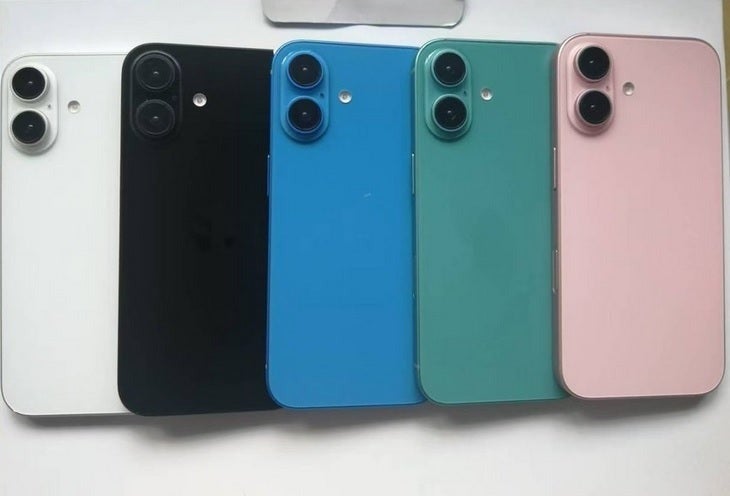

Dummy units of the iPhone 16 showing the new vertical camera arrangement. | Image credit – Sonny Dickson
Action button for all!
The first unifying symbol on the iPhone 16 line will be the Action Button that will trickle down to the cheaper members of the pack, too. The Apple Watch Ultra was the first Apple device to get a programmable Action Button, and last year it also arrived to the iPhone.
On the larger iPhone 15 Pro Max, the placement of the Action Button can be uncomfortable for some people, and on the even larger iPhone 16 Pro Max it is not expected to get better.
Apple Intelligence for all!
Uhm, ‘AI for the rest of us’

Still, Apple is right to take the slow and steady approach to generative AI integration, as nobody seems to be sure what exactly to do with AI, and how to integrate it seamlessly into their devices. The interest in Apple Intelligence could quickly taper off after the initial demonstration of “party tricks” like Clean Up, Genmoji, or asking Siri less pointed questions.
Apple is just now replicating what Google brought with Magic Eraser, Samsung with Object Eraser, or Oppo with AI eraser, but calls it Clean Up. Regardless, it does the same thing.
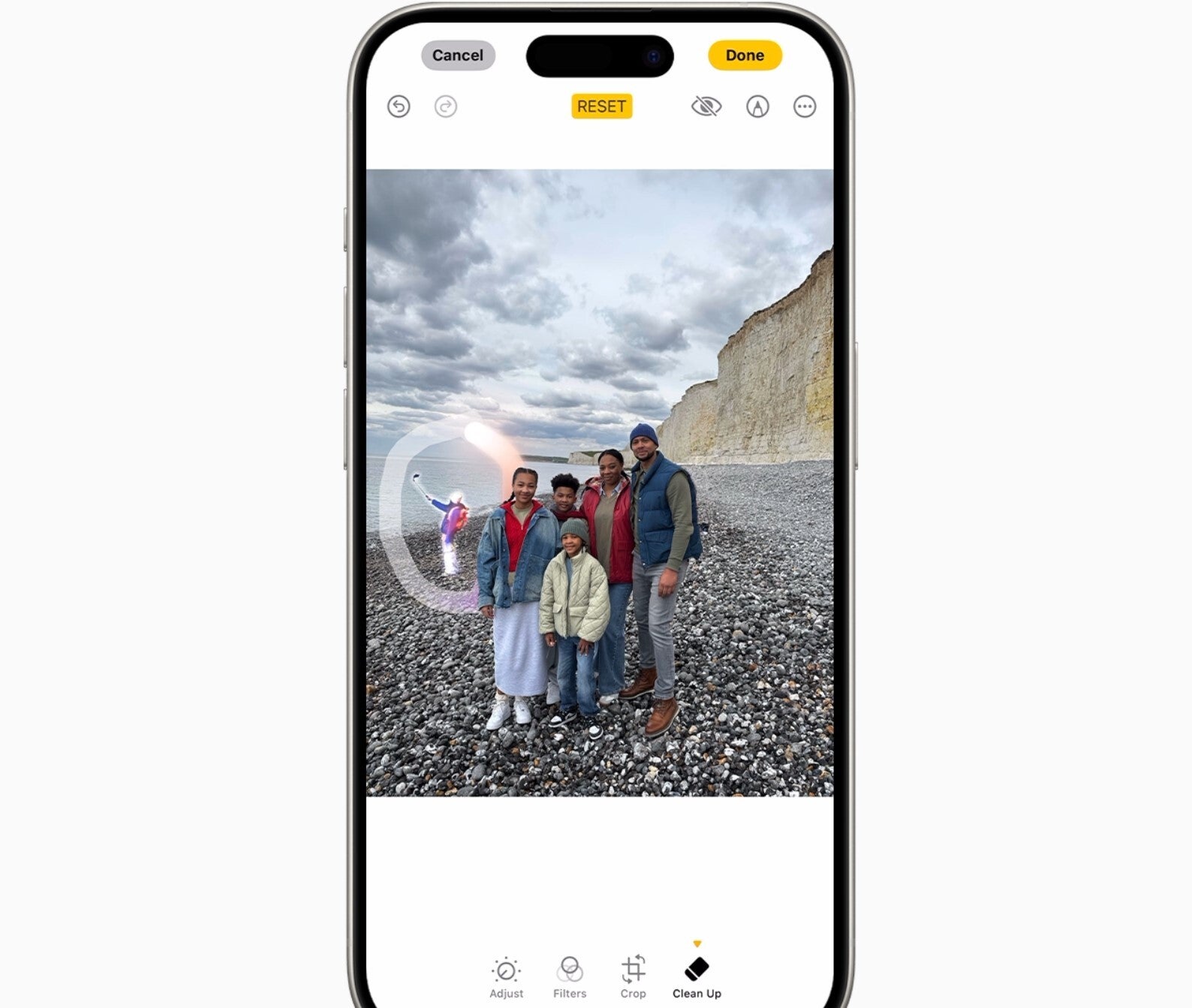

Clean Up may become Apple’s most popular AI feature
The rest of Apple Intelligence is Siri becoming a glorified chatbot with the help of OpenAI’s ChatGPT, real-time transcript and translate functions, as well as AI-powered sorting of content like images or emails. Again, nothing really new, yet handily woven into the iOS 18 interface and workflow, as Apple usually does.
Apple Intelligence features “AI for the rest of us,” but that is hardly so given the limited scope of its release. With the iPhone 16, however, and its 8GB RAM count, this will change.
New capture key
Instead, it decided to apply the lessons learned to a new capacitive key with force touch sensitivity sitting below the power button. Rumor has it that it will be called the Capture button, indicating that it will have something to do with camera controls. The capacitive key may also be pressure-sensitive, and rumor has it that it may have something to do with picture and video capture modes, or zooming controls, as both iPhone 16 Pro and 16 Pro Max are expected to sport Apple’s Tetraprism camera now.
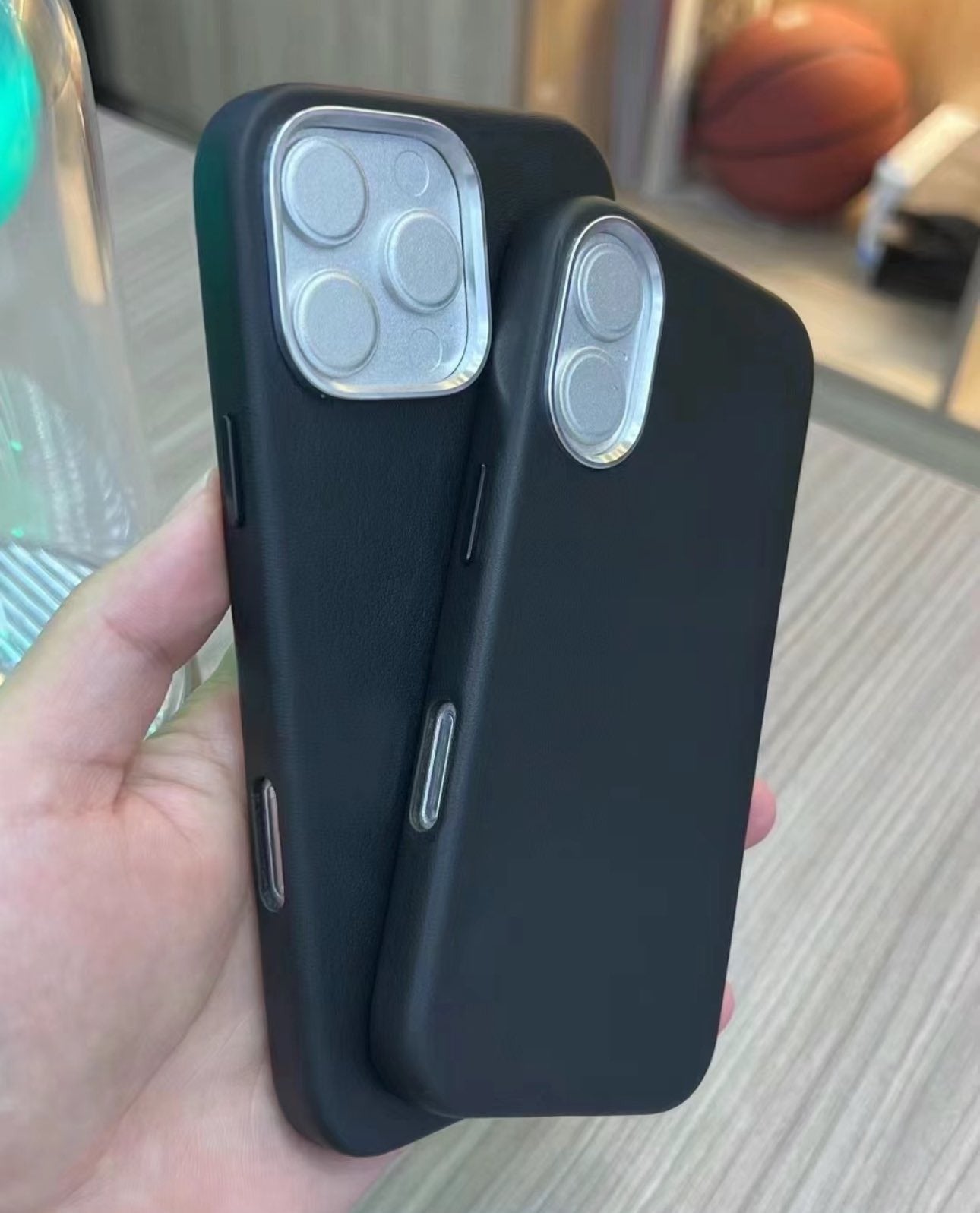

iPhone 16 series case cutout hints at a capacitive Capture Button indeed | Image credit – Sonny Dickson
A leaked set of iPhone 16 and iPhone Pro Max case dummies showcases the novel distribution of the case cutouts. Instead of being covered by the case as would have happened if it could be pressed for a clicky feel, the new iPhone 16 button is an open book waiting to be touched by a finger to execute a command.
8GB RAM for all!

Thankfully, the iPhone 16 and iPhone 16 Plus have been rumored to come with 8GB of RAM instead of the 6GB in their predecessors since last September. Apple is Apple, though, so it won’t let some AI craze encroach on its profit margins, and it may have found a crafty way to run Apple Intelligence on the iPhone 16 on the cheap by leaving the 8GB RAM on the Pro series intact as the bare minimum.
Apple A18 chip
A18 specs to expect
- 2 x 3890 MHz performance + 4 efficiency cores
- 6-core GPU
- TSMC 3nm N3P production process
Apple A18 vs A17 speed and benchmark performance
- 5% faster CPU
- 30% faster graphics
- 10% reduction in power draw
- 8571 vs 7288 Geekbench score


The iPhone 16’s A18 chip may use slower N3E 3nm production method | Image credit – TSMC
While the foundry’s executive expects most customers to ask for the more transistor-dense N3P process this year, Apple might stay with the cheaper N3E, at least for the lowly iPhone 16. TSMC is the premium mobile chip foundry now, but its technological advances come with a price. Qualcomm, for example, will reportedly sell the Snapdragon 8 Gen 4 chipset for the Galaxy S25 Ultra to Samsung at a 30% premium precisely because it will bring its manufacturing back to TSMC.
That base N3E A18 Bionic is expected to land in the iPhone 16 and iPhone 16 Plus, while the top-shelf A18 Pro with the N3P process will eventually be powering the flagship iPhone 16 Pro and iPhone 16 Pro Max handsets. Thus, the iPhone 16 and 16 Plus chipset may be 5% slower or with up to 10% worse power efficiency, but it will come cheaper and, above all, will be able to run Apple Intelligence. Here are some benchmarks to expect from the Apple A18 running on iPhone 16.
Faster charging
Both the wireless MagSafe and the wired iPhone 16 charging rates may increase. Well, ther rumored bump from 27W to 40W is nothing to write home about in this day and age of 100W+ chargers from Oppo, OnePlus, Xiaomi, and others, but it’s still a significant increase for Apple. The wireless MagSafe charging rate should also increase from 15W to 20W, a rather decent bump.
New colors
Last but not least and potentially most exciting, the standard iPhone 16 models are expected to have both classic joly colors, and some new hues. Seven iPhone 16 colors may be in store, of which the Black, Pink, Blue, Yellow and Green colors mimic what’s available on the iPhone 15, but takes on white and pink/purple are now also in the cards, while the 16 Pro line may get a new “bronze” hue, and a glossier finish.
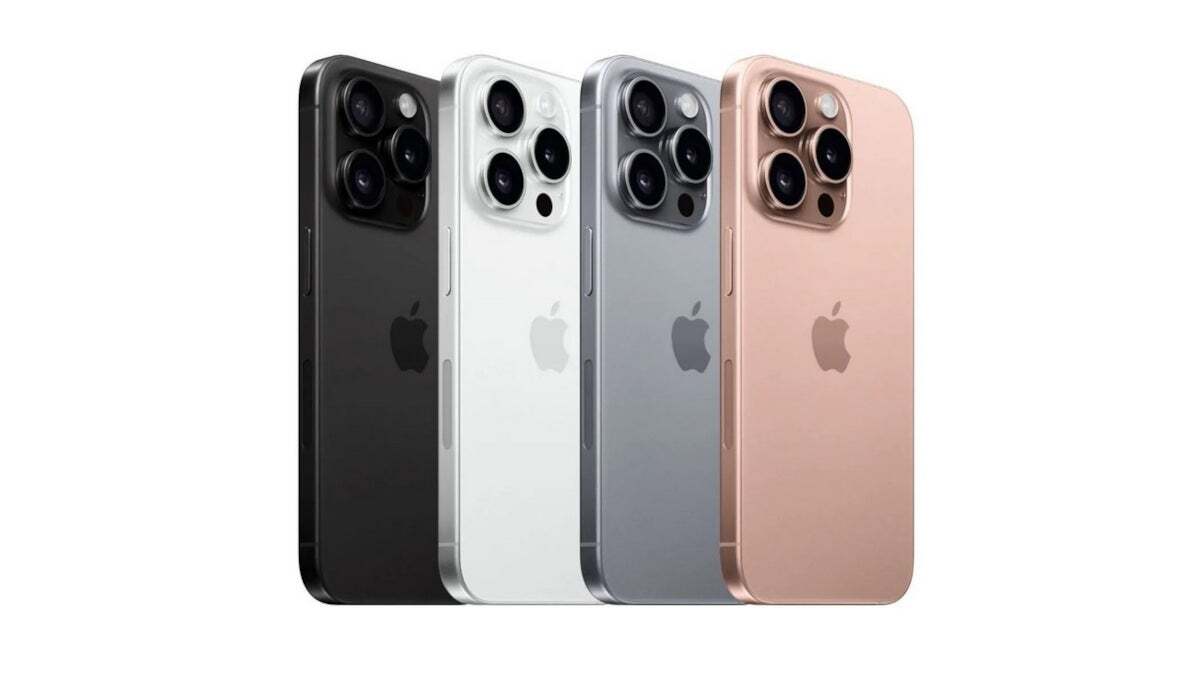

The iPhone 16 Pro line may see a new bronze hue added to the roster | Image credit – PhoneArena
As you can see, and as has usually happened in the past few years, most of the new iPhone stuff that Apple unveils will be reserved for the Pro series. In fact, if it wasn’t for the Apple Intelligence AI algorithm demands, the iPhone 16 and iPhone 16 Plus would’ve remained thoroughly overlooked in favor of their more expensive brethren.
Source link



